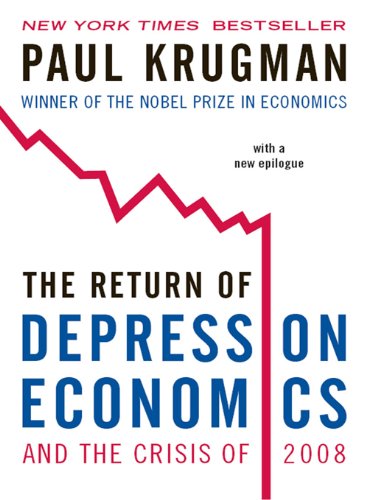Abolish ICE, Natascha Elena Uhlmann, OR Books, 2019, pp. 133, ISBN 978-1-949017-21-2
“The University of Farmington is a nationally accredited business and STEM institution located in Metro Detroit,” reads the introduction on the university’s webpage. The university stated that it traced its roots back to World War II when soldiers returning from the front lines enrolled in colleges to better integrate themselves into the workforce. The university, the webpage boasts, was home to professors with “decades of experience,” and the students were able to choose to follow undergraduate or graduate programs. Students were encouraged to apply even without all the required documents. The university had a Twitter and a Facebook account. Had the students needed further information, they were encouraged to contact the admissions team through a dedicated email address or by phone.
The University of Farmington was, however, fake. It was set up in 2015 by the Immigration and Customs Enforcement (ICE) to, allegedly, expose visa fraud. About 160 students who had enrolled, thinking that the university was legitimate, were arrested upon their landing in the US and promptly deported. According to the prosecution, the students willfully enrolled in the university, knowing that there would be no classes and for the sole purpose of maintaining their student-status and lengthening their stay in the US.
On April 16, 2018, the then-Attorney General Jeff Sessions announced a new ‘zero-tolerance policy,’ intensifying the criminal prosecution of people and families seeking to cross the border into the US. Between that date and June 20, when Trump signed an executive order halting the policy, a total of 3000 children were separated from their parents at the border. Earlier this year, officials said that they needed to review approximately 47,000 files to identify the children separated going back to mid-2017. Various NGOs and even the government’s inspector general issued damning reports, noting the psychological duress that children undergo in these circumstances.
Roylan Hernandez-Diaz, from Cuba, died of apparent self-strangulation in a detention facility on October 16. Nebane Abienwi, from Cameron, died of a brain hemorrhage. A recent report found that there were 1,448 allegations of sexual assault filed with ICE between 2012 and March 2018.
This is ICE and the world of immigration into the US.
Natascha Elena Uhlmann’s passionate plea for a more humane immigration system comes at the heels of a bigger movement that emerged following the victory of Alexandra Ocasio-Cortez, who sought to abolish ICE. What followed were a series of protests, held under the banner of Occupy ICE, where protesters would assemble in front of ICE facilities with the goal of disrupting their operations. They contend that ICE’s methods and modes of operation are fundamentally inhumane, as the abovementioned examples clearly show.
In Abolish ICE, Uhlmann provides a concise background and reasoning behind the demand to dismantle the agency. The agency was created following the tragedy of 9/11, in a highly charged context that vilified and criminalized ‘the foreigner.’ After 9/11, and with the creation of the Department of Homeland Security, immigration matters were split into three separate agencies: US Citizenship and Immigration Services, Customs and Border Protection, and ICE. The latter focused entirely on deportations, which soon after began skyrocketing. It is worth noting that deportations peaked under President Obama. Between 2009 and 2015, ICE removed more than 2.5 million people.
It was under the Democrats that it all started. In 1994, Bill Clinton oversaw Operation Gatekeeper, which sought to militarize the border in order to prevent illegal crossings. Since, successive governments have enacted laws and policies that expanded detention facilities and gave more power to agencies enforcing the immigration policies. The focus was on prevention through deterrence, which only resulted in riskier journeys across the unforgiving desert, leading to mounting death tolls.
However, what Uhlmann rightly notes, and what the activists of ‘No More Deaths’ claim, is that “we [immigrants] are here because you [the US] were there.” US interventionist policies in places like Guatemala, Honduras and Nicaragua have resulted in broken social and economic systems, with corrupt governments and rampant criminal activity both threatening the population. To save their lives, people had to migrate, and given the conditions in the rest of Central and Latin America, they opted to go north. Trade agreements further decimated economies. In fact, Noam Chomsky has argued that Operation Gatekeeper was a conscious decision on the part of the US establishment, knowing that the recently signed NAFTA trade agreement would result in a virtual exodus of people from Latin American countries, given how disastrous it was for their economies.
Uhlmann’s book ultimately articulates the inhumanity of the current immigration system, which makes its victims susceptible to violence at the hands of the agents and the courts alike. Out of the stories detailing sexual and physical abuse, family separation, deaths in custody and the desert, arises a passionate plea for justice and humane treatment of those who have suffered. Abolishing ICE is thus a rallying cry, with ICE being symptomatic of a broken immigration system. Out of its ashes, activists hope to build more people-centered policies and Uhlmann’s book gives us plenty of reasons why.




